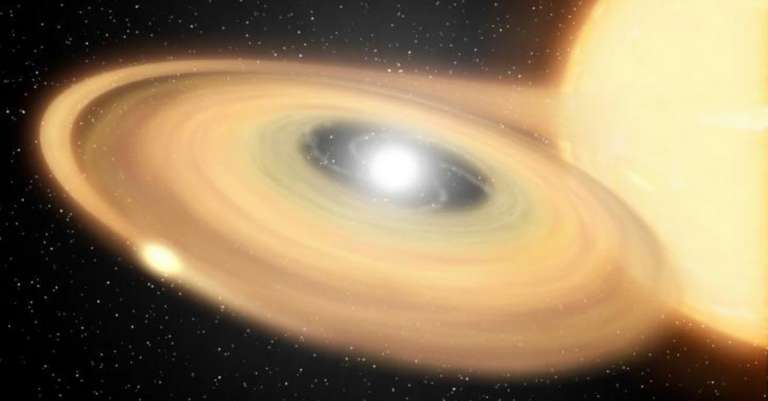A rare cosmic eruption is expected to occur in the Milky Way in the coming months — an outburst so bright that a “new” star will seemingly appear for a short time in the night sky.
The event, known as a nova, will be a once-in-a-lifetime skywatching opportunity for those in the Northern Hemisphere, according to NASA, because the types of star systems in which such explosions occur are not common in our galaxy.
The stellar eruption will take place in a system called T Coronae Borealis, which is 3,000 light-years away from Earth. It contains two stars: a dead star, also known as a “white dwarf,” closely orbited by a red giant. Red giants are dying stars that are running out of hydrogen fuel in their cores; the sun in our solar system will eventually become one, according to NASA.
In systems like T Coronae Borealis, the two stars are so near to each other that matter from the red giant is constantly spilling onto the surface of the white dwarf. Over time, this builds up pressure and heat, eventually triggering an eruption.
Taste Atlas: Five Greek alcohol drinks among the top 79 in the world – Rave reviews for Tsikoudia
“As matter accumulates on the surface of the white dwarf, it heats up and you get higher and higher pressure until bang — it’s a runaway reaction,” said Bradley Schaefer, a professor emeritus of physics and astronomy at Louisiana State University.
Continue here: NBC
Ask me anything
Explore related questions





